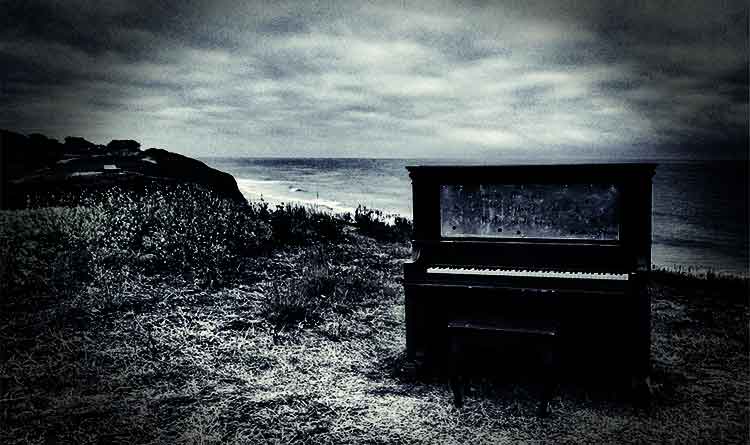What sets the big time players apart from everyone else?
Let's skip the blur of defining what makes a player popular and instead examine something that's easier to control, something you can do with your playing right now that will get the audience more into your playing.
It's called EXAGGERATION.
An actor knows that to communicate an emotion to the audience, the emotion needs to be exaggerated. This is what makes actors bigger than life. If they acted like everyone else, that is, average, they wouldn't be very popular as actors.
When you're playing music it's the same thing.
If your audience isn't responding to your playing the way you hope, it could be that what you're playing/feeling is not what the audience is hearing/feeling. They need to feel the emotion, the energy, the contrast, and the dynamics of your music before you can expect anything more than a polite response.
Many musicians have no idea that a disconnect even exists between them and their audience, and sometimes even if a musician does know, they refuse to take responsibility and blame it on things like room noise, the audience, rhythm section problems, and so on.
Just like a great actor, the only way to communicate your emotions to your audience is to exaggerate everything you're doing. This doesn't mean playing louder, it means exaggerating the nuances of your playing, exaggerating the things that will help your audience feel your music.
It's not what the audience is hearing, it's what the audience is feeling that's going to connect them to you.
Try the following at your next gig. These things can give you immediate improvement when it comes to audience response. I've had students come back after one gig hardly believing the increase in audience response, especially from something this simple. A few ideas include:
- accented notes can be accented more
- short notes can be shorter
- long notes longer
- start crescendos softer and end them louder
- increase dynamics from quiet to loud to super quiet to super loud
As a side benefit, your time will become stronger because you're paying more attention to articulation and dynamics.
Good horn players exaggerate their dynamics and articulation as a matter of principle. Vocalists do it too. However oftentimes pianists, guitarists, and other musicians who play more "mechanical" instruments can sometimes forget to connect themselves to the instrument and instead just play the instrument. A horn is connected by mouth, breathing, an intimate setting where even the most crazy fingers still have stop because of the need for oxygen. Pianos can go on and on and on and it's not a very human way of expressing yourself, it's more like the energizer bunny just going around in circles until it's batteries run out.
Ok then, how to start?
Is this idea new to you? Good! Start experimenting with rhythmic exaggeration, which I think is the most important piece of the puzzle. Your audience feels the music on a subconscious level before they know what's going on with their ears.
When the audience feels the music, you have them.
Try it. You'll like it, I promise. You'll enjoy the difference in not only how the audience responds to your playing, but also how the musicians with you respond to your playing.
By concentrating on exaggeration, you will lay down music that no one can ignore! Listen for it in the playing of Ahmad Jamal, McCoy Tyner, Monty Alexander, and all the rest of the greats.
It's only when you push your music out beyond the piano and your immediate circle of awareness that your listeners will feel the way you feel when you're playing. Don't forget that most of the time your musical message doesn't get any further than your own ears. Seriously, it's like singing in the shower; you hear it, you love it, and the world goes on never knowing the difference.
Exaggeration is a simple tactic that works wonders and I've seen it work from young people in high school jazz bands to people who are on stage so much they live out of their suitcases.
The beauty of this is that it's not difficult to do. You don't have to learn new chords or patterns, all you have to do is exaggerate what you are already playing. Playing like this soon starts feeling natural and it might just be one of the easiest jazz piano "quick fixes" around.
Relax, offer your music to your listeners and jam!
If I'm not back in 24 hours, call the president.
Scot is available for skype jazz piano lessons (and google hangouts, phone call, etc...)
Use the contact link at the top of the page.





